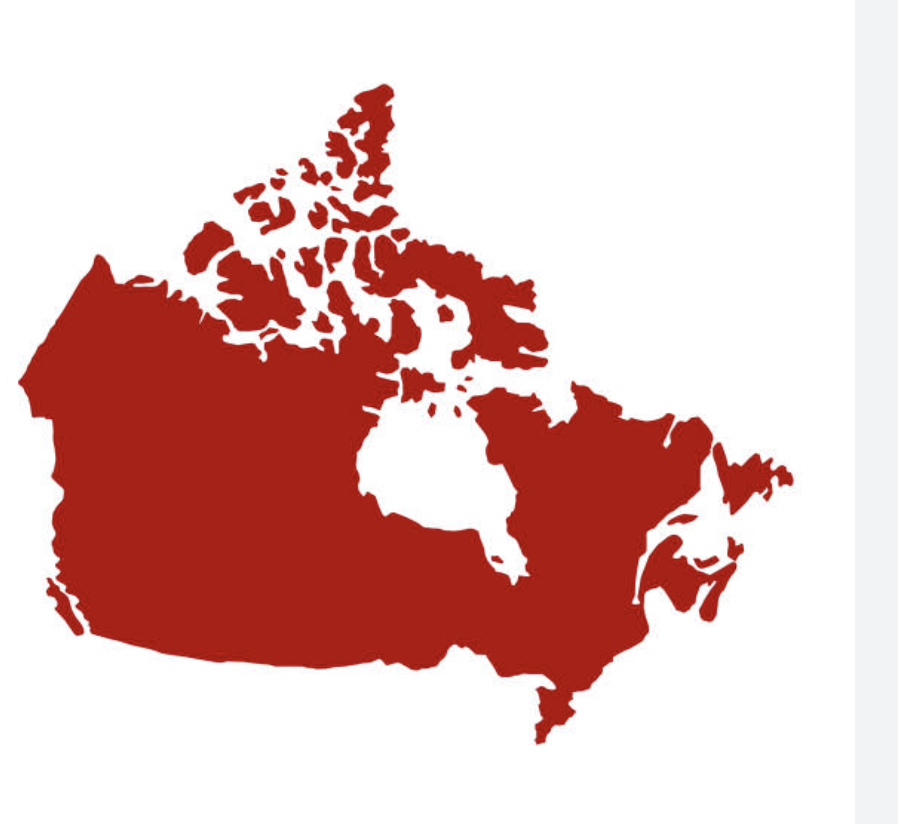- af
- sq
- am
- ar
- hy
- az
- eu
- be
- bn
- bs
- bg
- ca
- ceb
- zh-CN
- zh-TW
- co
- hr
- cs
- da
- nl
- en
- eo
- et
- fi
- fr
- fy
- gl
- ka
- de
- el
- gu
- ht
- ha
- haw
- iw
- hi
- hmm
- hu
- is
- ig
- id
- ga
- it
- ja
- jw
- kn
- kk
- km
- ko
- ku
- ky
- lo
- la
- lv
- lt
- lb
- mk
- mg
- ms
- ml
- mt
- mi
- mr
- mn
- my
- ne
- no
- ps
- fa
- pl
- pt
- pa
- ro
- ru
- sm
- gd
- sr
- st
- sn
- sd
- si
- sk
- sl
- so
- es
- su
- sw
- sv
- tl
- tg
- ta
- te
- th
- tr
- uk
- ur
- uz
- vi
- cy
- xh
- yi
- yo
- zu
News & Events
The Canadian Story
December 7, 2023

In Choice and Fairness, the point is made that Australia’s education system is internationally unusual and that comparable countries have very different policies and practices. While Australia does not need to imitate, it can learn from these nations. One of the countries is Canada which in the late 19th century, extended full public funding to schools serving minority religious communities.
Today, a Catholic school in a place like Toronto is just as Catholic as an Australian Catholic school. Religion forms an integral part of the school’s curriculum; school life is shaped by Catholic services and rituals; and they are governed by Catholic district school boards, led by trustees who are elected by Catholic ratepayers (and who must themselves be Catholic).
But Canadian Catholic schools are also as public as any public school in Australia. They are free. They are not selective. Schools don’t choose students; parents choose schools. As a result, there is much less social segregation.
In the latest PISA data:
- Canada was above the OECD average in all subjects, ranking fourth in science and fifth in math and reading. When compared with all participants, Canada ranked in the top 10 in all subjects.” (Toronto Star)
- The tests also reveal how Canadian teens fared in each province. Ontariansperformed above the national average in reading and science, but not math. Alberta was the only province to score above the national average in all three subjects.” (Ontario and Alberta are the two major provinces that fully publicly fund non-government schools, and together make up about half the Canadian student population [the other, Saskatchewan, is very small, ~2 per cent])
- Canada has greater SES fairness as well as better results (ACER,PISA In Brief,29) :
Leading Educators Around the Planet (LEAP), in association with ALL, is developing a ten-day study tour in late 2024 to several Canadian provinces (Ontario, Quebec and British Columbia) to learn more and experience how these jurisdictions have managed the challenge of choice, equity and effectiveness.
